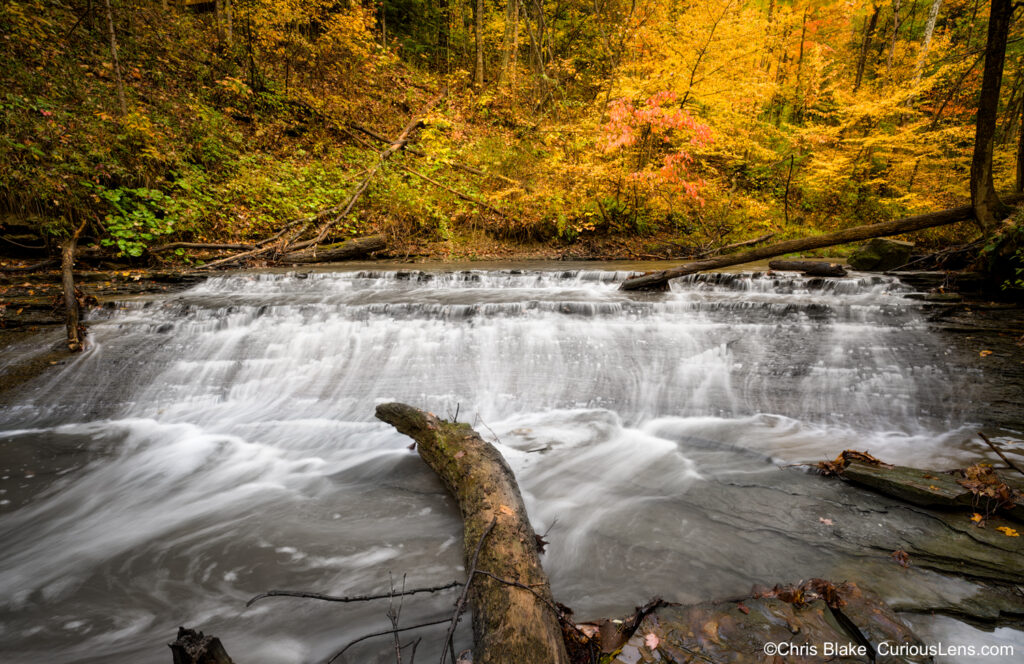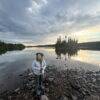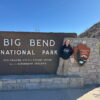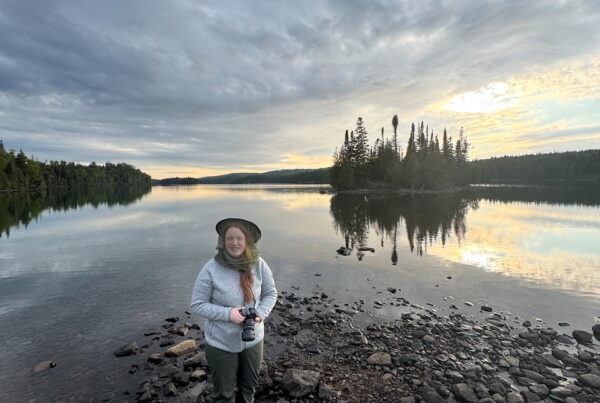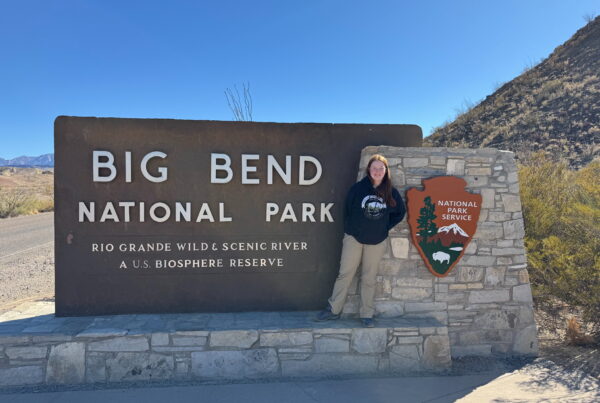
As it happened to work out, Cameron’s 50th National Park was Cuyahoga Valley in Northern Ohio. After a fair bit of research, we chose to visit during the fall, hoping the vibrant colors would bring life to a park that has ‘mixed reviews’ at best.
The 32,572-acre park is now recognized as a full National Park, but prior to the year 2000, it operated as a National Recreation Area. This designation seems more fitting for this park, given that not all of its vast area is truly government-owned National Park land. Inside the park boundaries, areas are independently managed as county or state parks, alongside private homes and businesses. Even seemingly large towns lie within the park. For those accustomed to the grandeur of Western parks, open spaces, and public lands, this might feel foreign.
The history of the land and the park is fascinating. Before it became a National Park, the area played a significant role in the early 1800s as part of the Ohio and Erie Canal. The Village of Boston, constructed along the Erie Canal during this era, housed boat yards, lumber mills, a brickyard, a train station, and a warehouse. Now integrated into the National Park, the village allows visitors to stroll through its historic streets, exploring remnants of a bygone era. The Cuyahoga Valley Scenic Railroad, with its flagship stop at Boston Mill Station, also harks back to this time, providing a glimpse into the transportation history of the region.
We stayed in the town of Twinsburg, enjoying a plethora of hotel options and delightful local restaurants. The town also offers ample shopping opportunities for those who may have forgotten essentials for their trip, and it serves as a convenient base for accessing major park attractions.
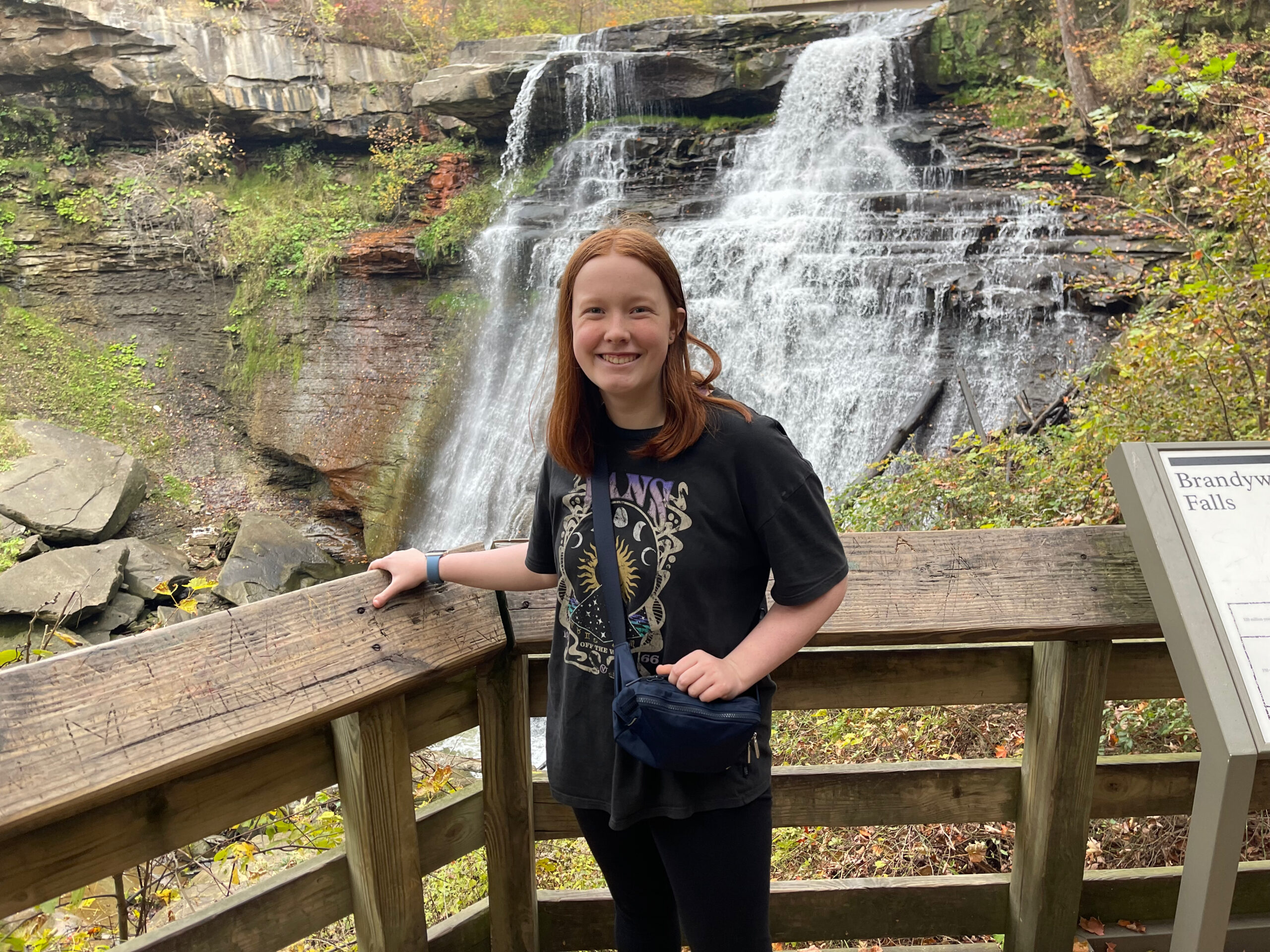
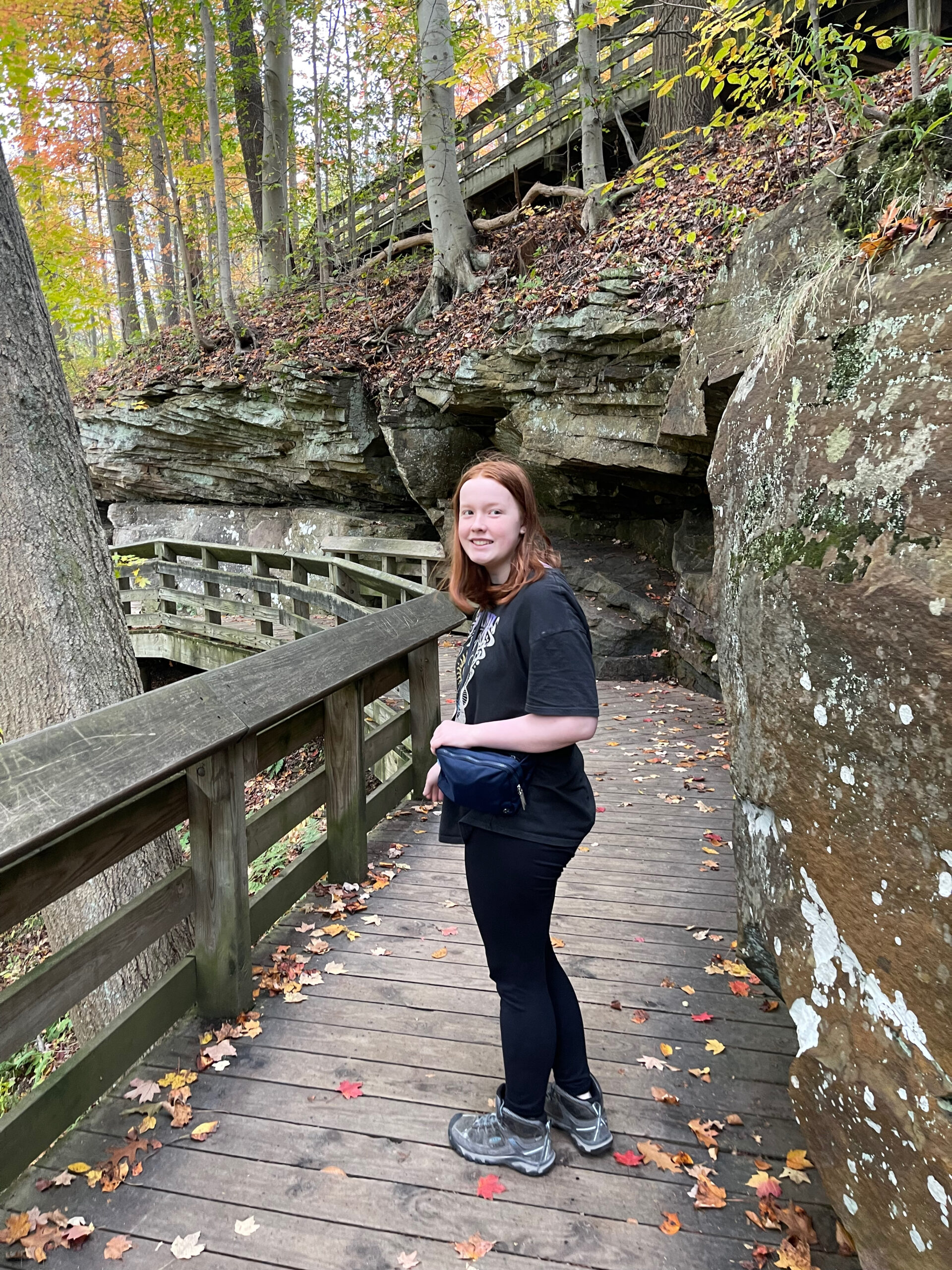


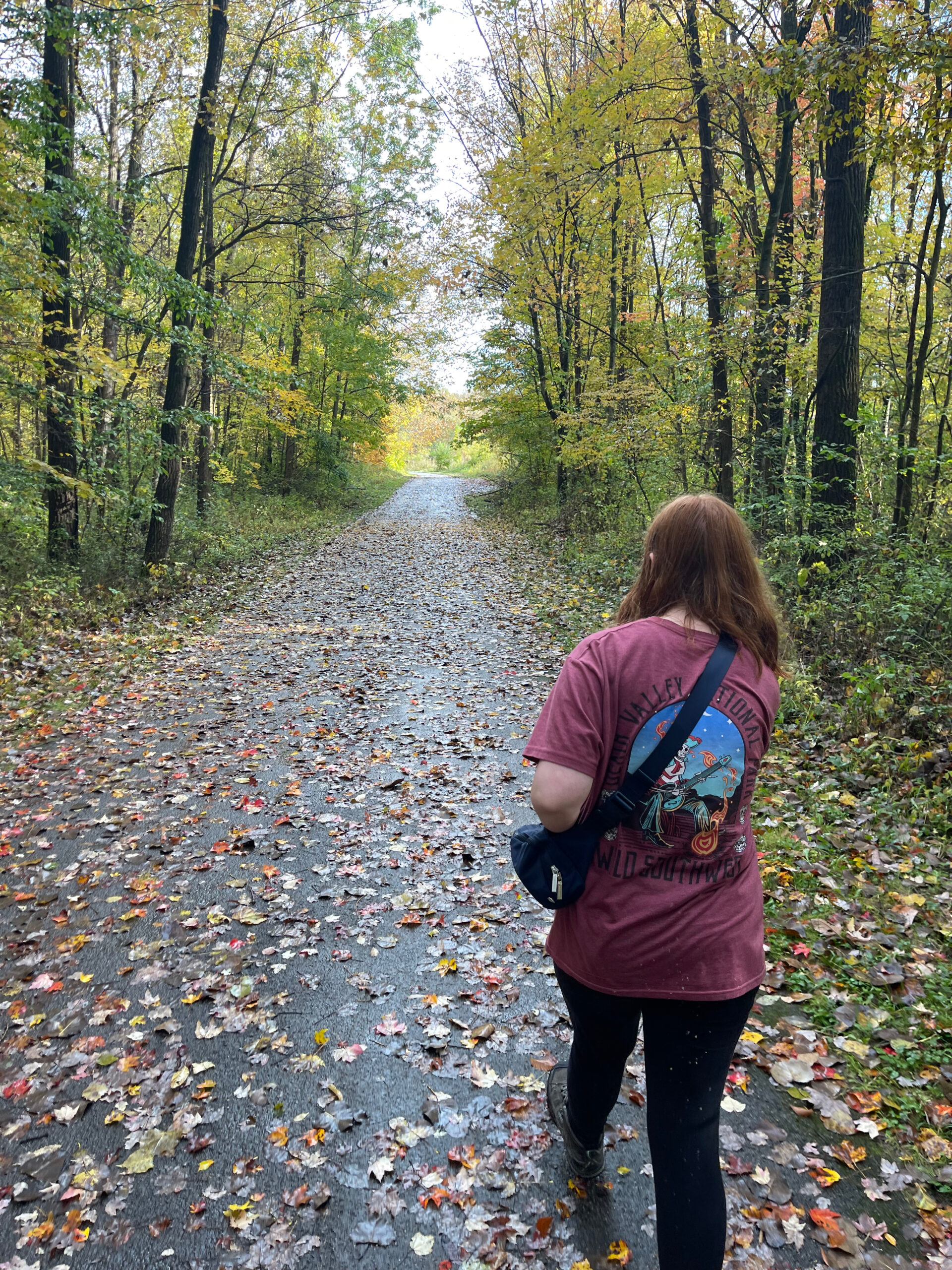
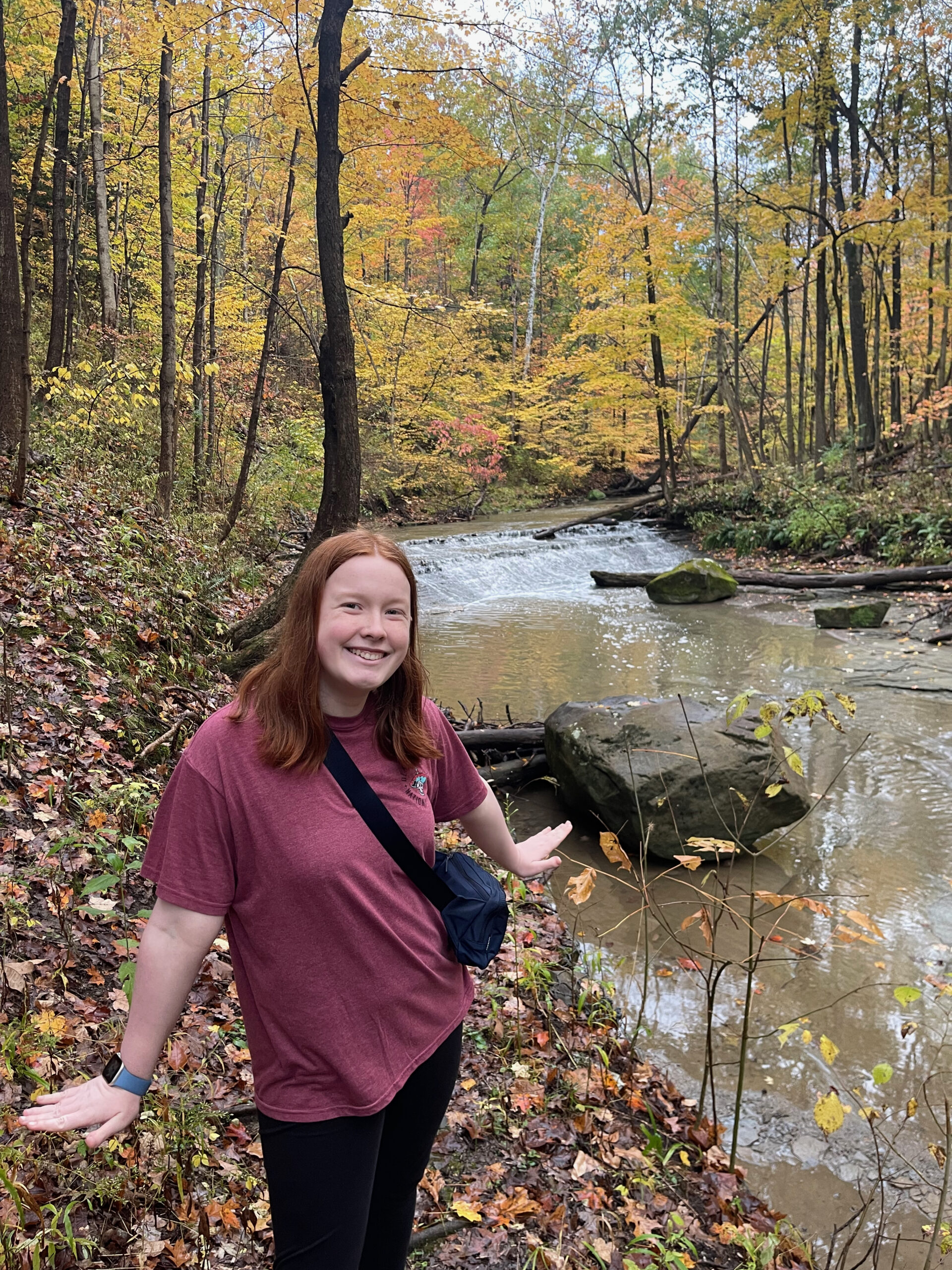
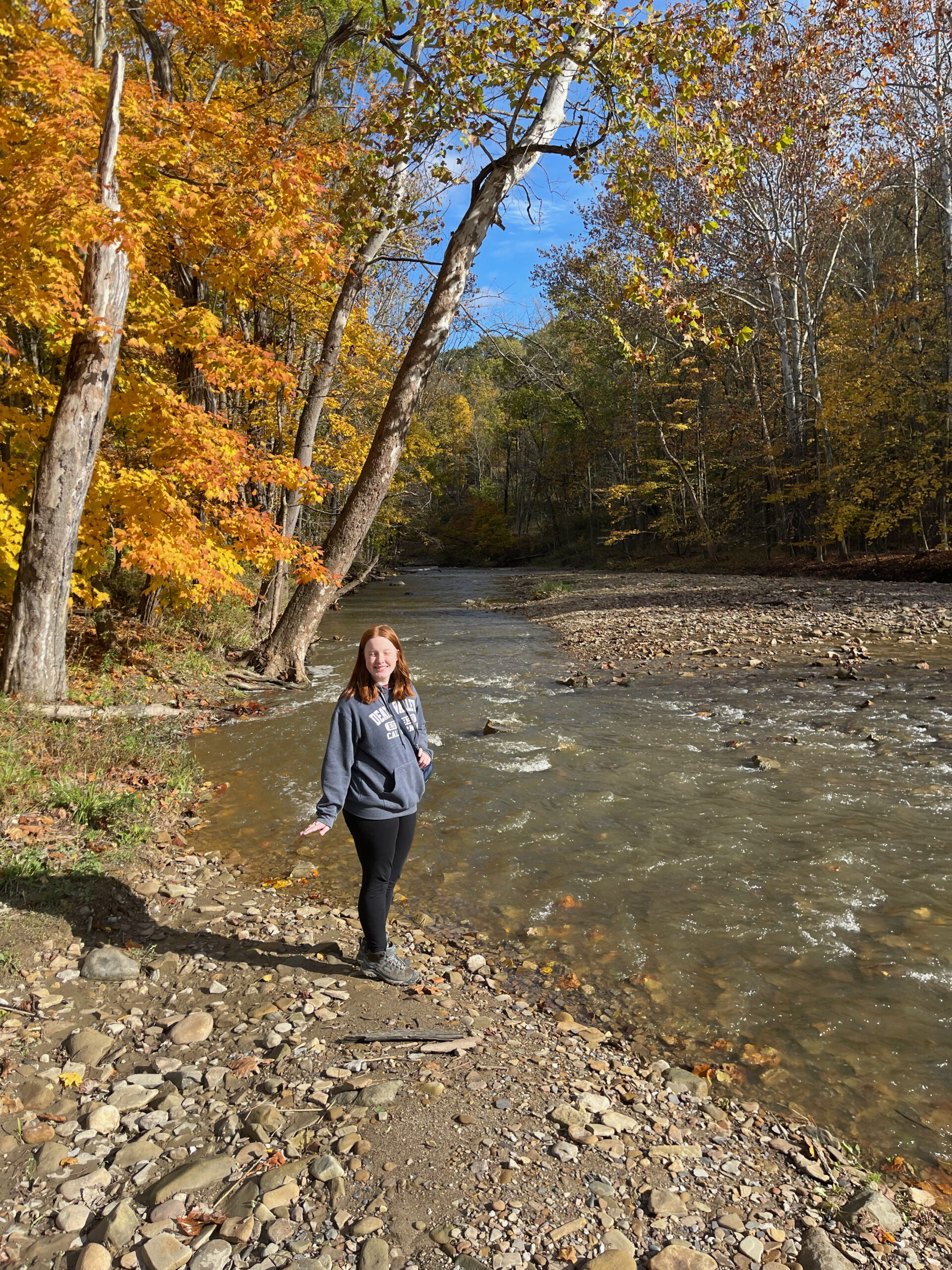
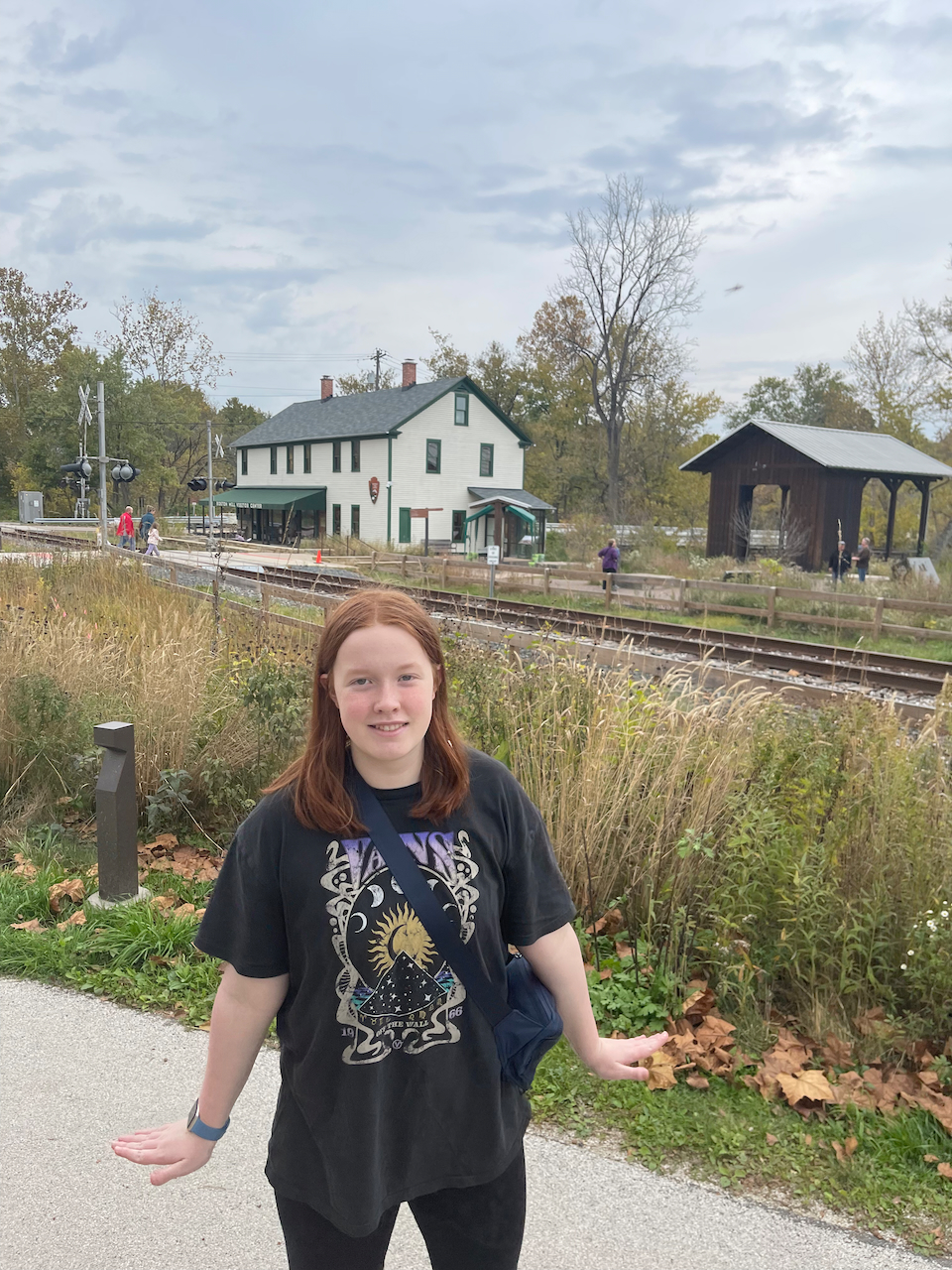
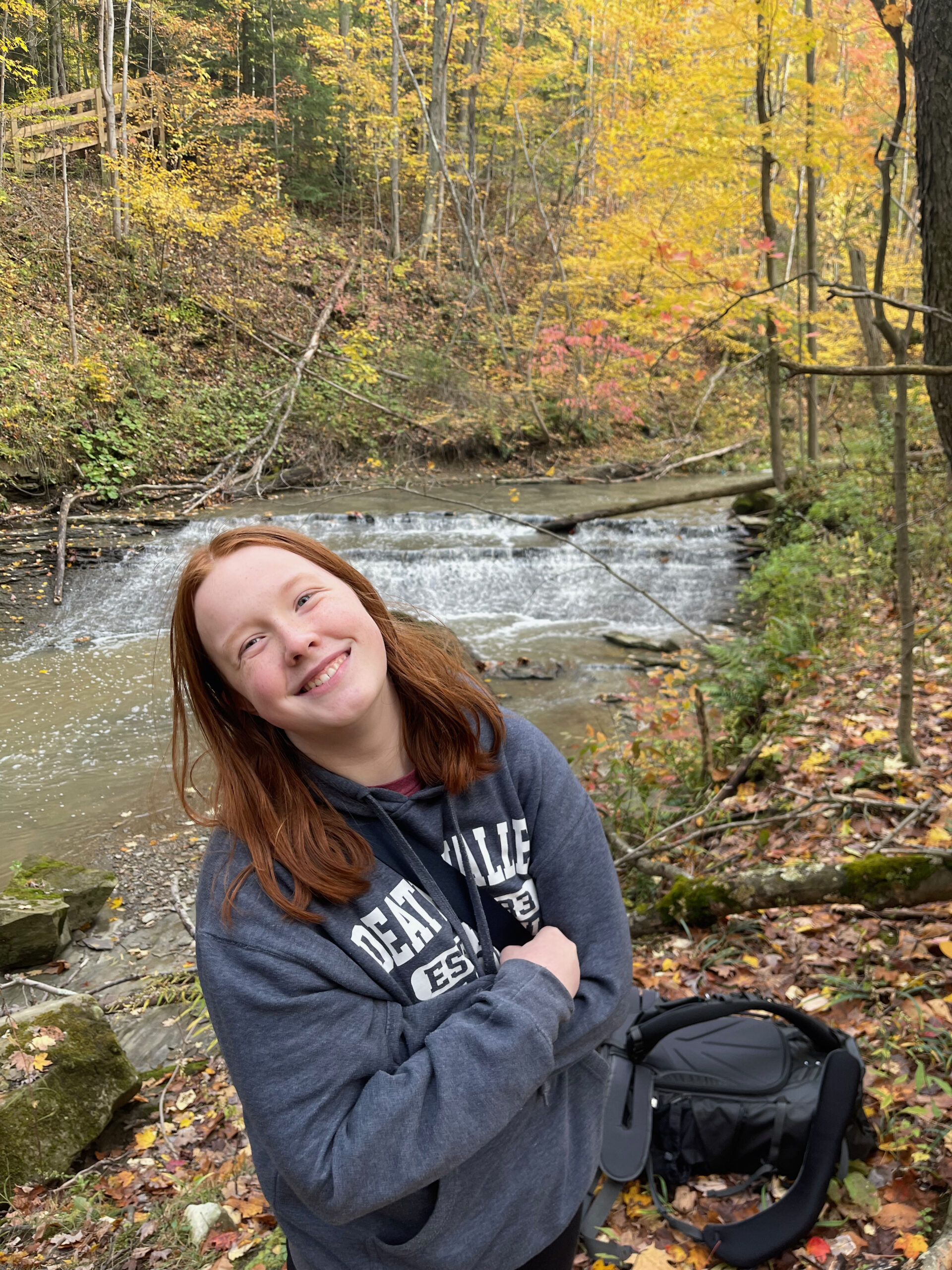
We spent 4 and a half days exploring both major and minor attractions within the park. Brandywine Falls emerged as a standout, its impressive cascade accentuated by the vibrant fall foliage. A boardwalk, winding down a series of stairs, provides access to various viewing points. Additionally, we ventured into different parts of the forests, discovering over 100 waterfalls and numerous lakes adorned in autumn hues. The historic Ohio and Erie Canal path led us to locks and relics, offering a captivating glimpse into the area’s past.
The Cuyahoga Valley Scenic Railroad still weaves its way through the park, with Boston Mill Station as a central hub. The historic Village of Boston, once a bustling town along the Erie Canal, is now part of the National Park, inviting visitors to explore its well-preserved buildings and sights.
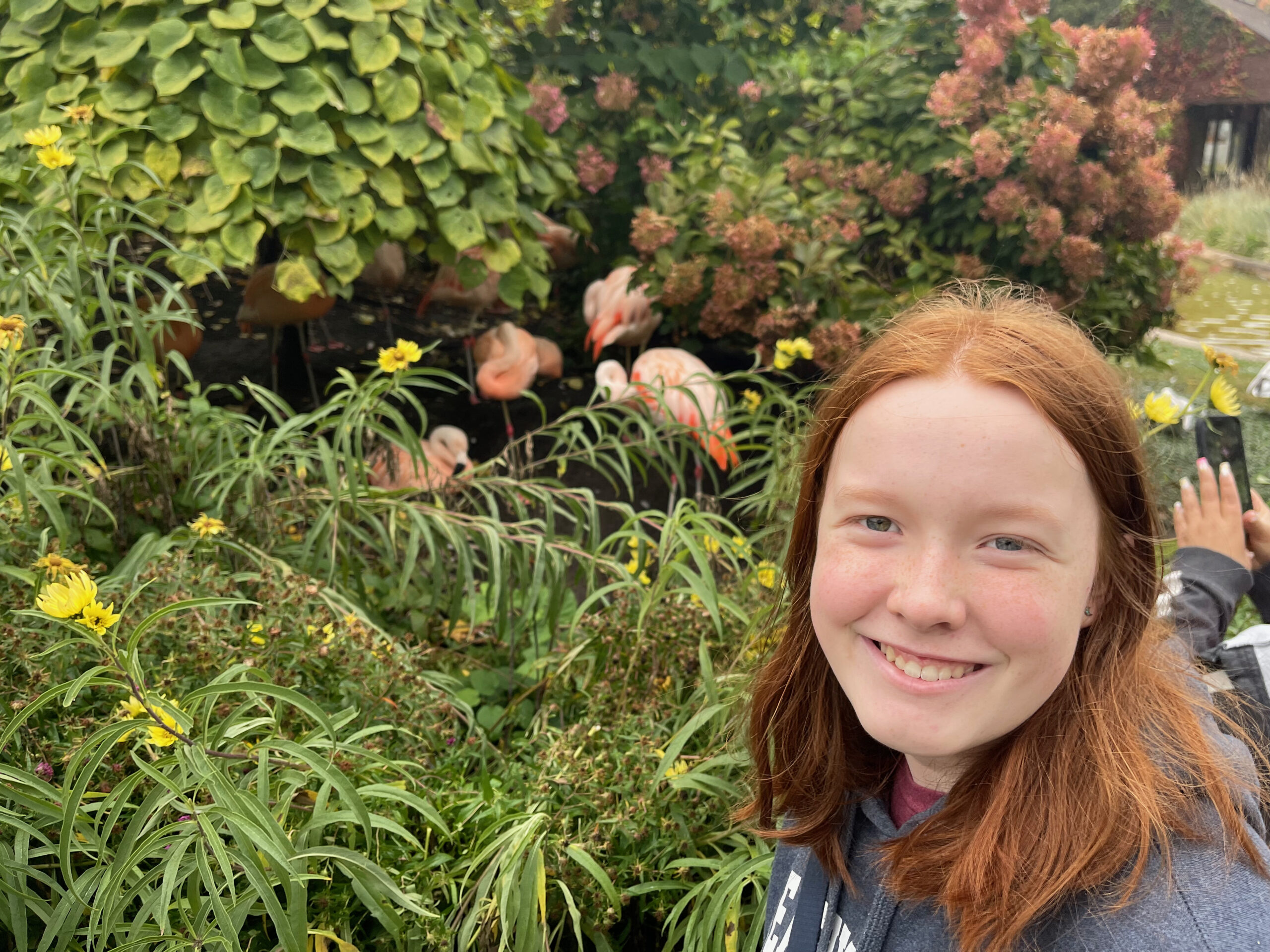


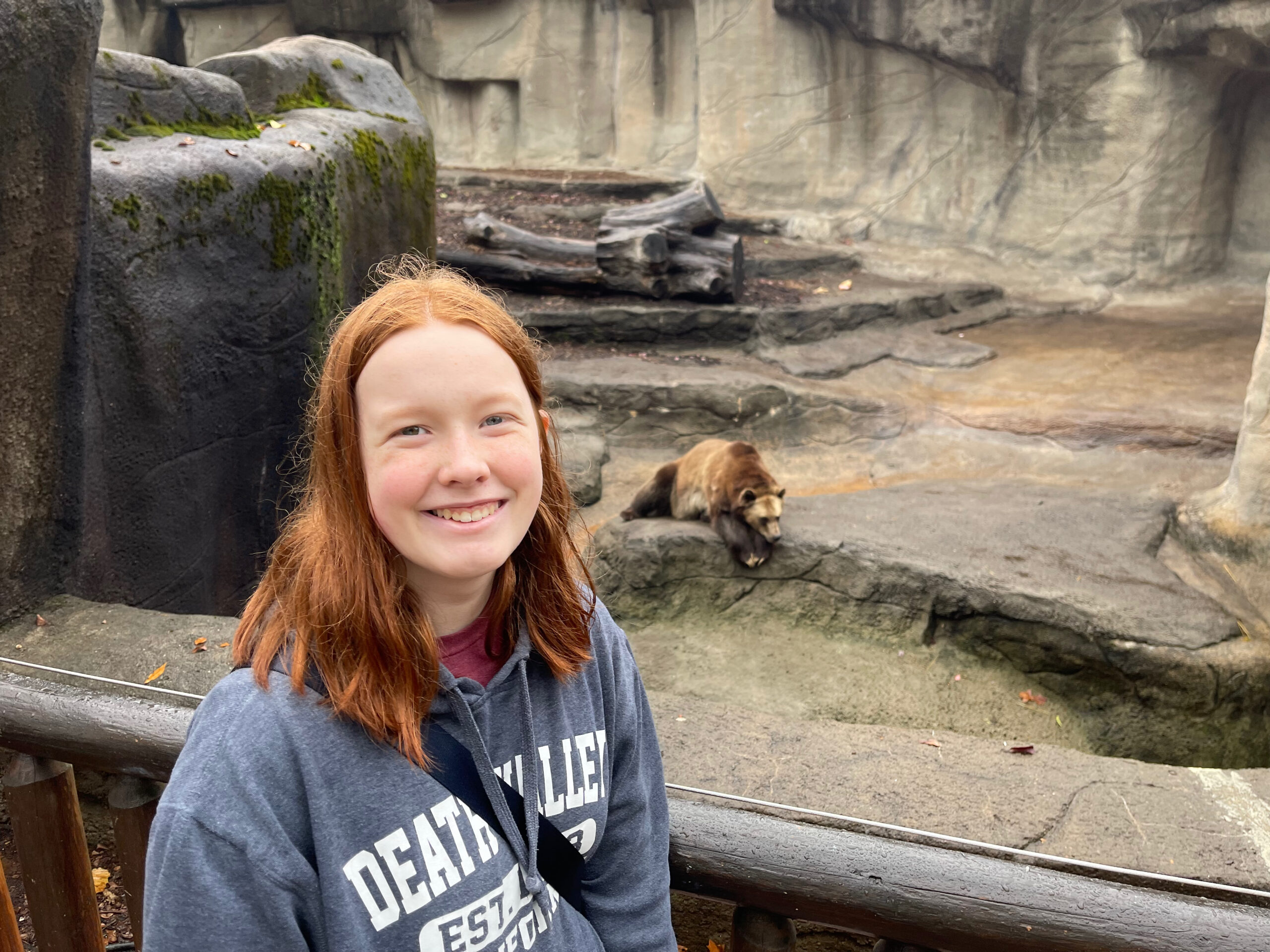
Despite these historical gems, the park’s unique character became even more apparent when we ventured outside its borders. Proximity to Cleveland allowed us to spend a day at the renowned Cleveland Metroparks Zoo, a massive 183-acre facility divided into captivating sections, each showcasing different ecosystems. The zoo, established in 1882, boasts one of the largest collections of primates in North America. Our visit, just before Halloween, added a festive atmosphere, with visitors and staff alike donning costumes.
In conclusion, while Cuyahoga Valley National Park may not be a destination I’d revisit, it certainly holds value, especially for locals or those in the area for other reasons. A day allows you to experience the essence of this unique park, blending natural beauty with a touch of history, while nearby attractions like the Cleveland Metroparks Zoo offer a diverse range of experiences.
